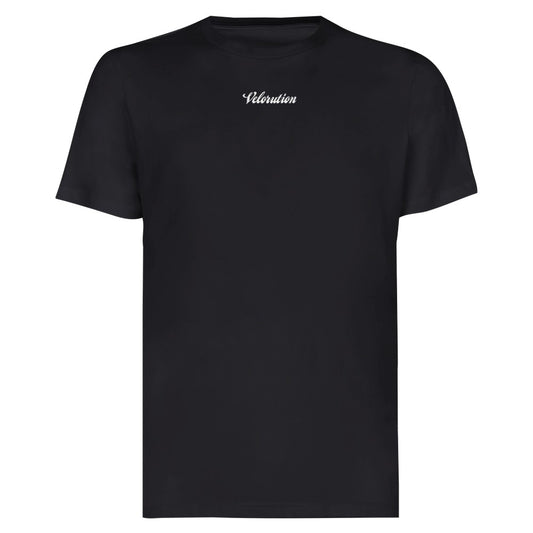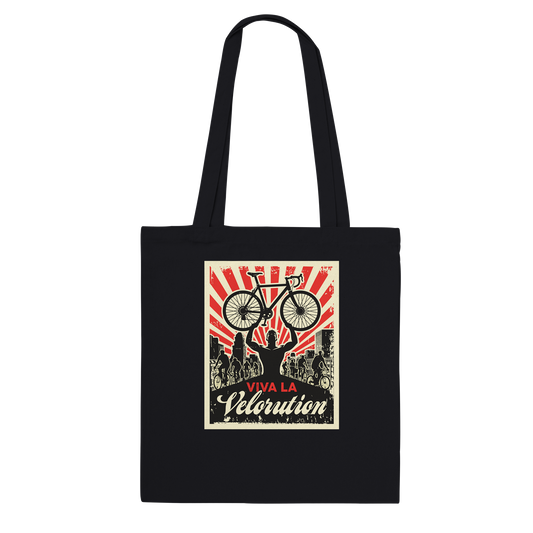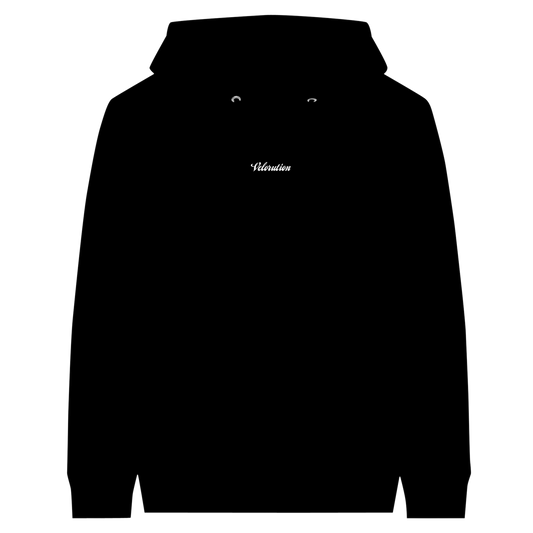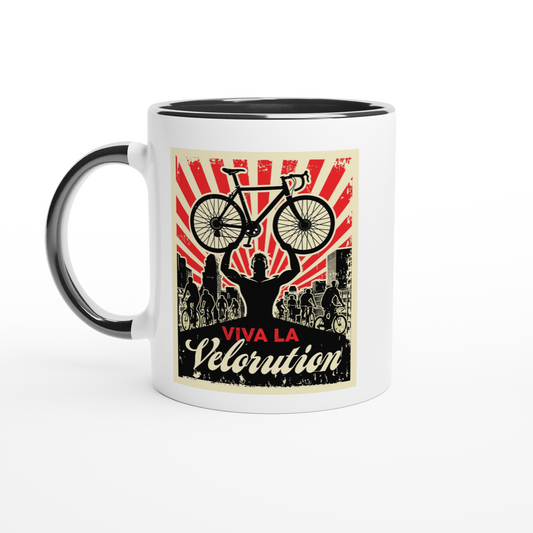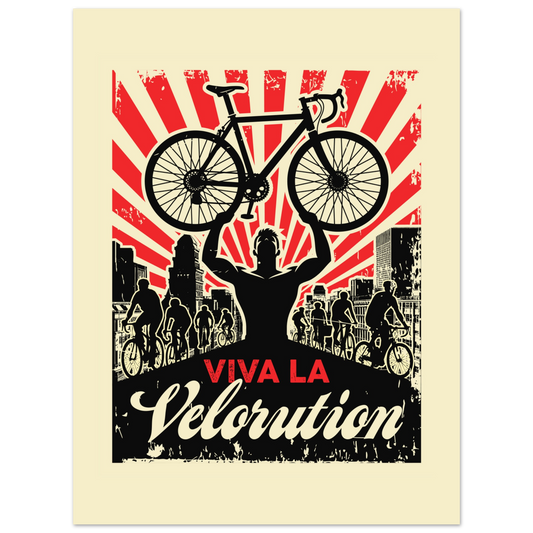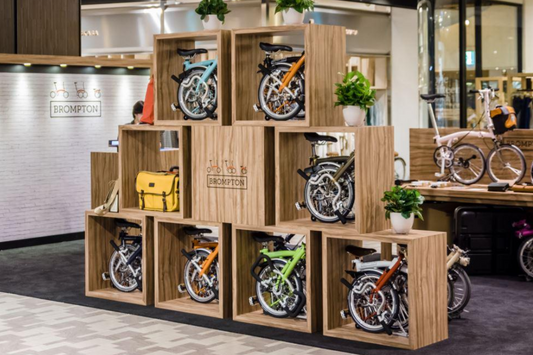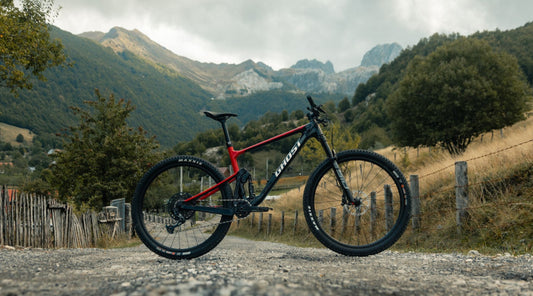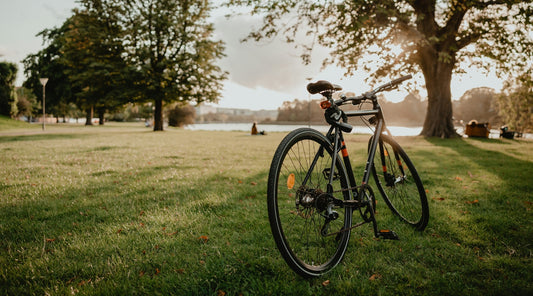If you're eyeing a Brompton folding bike and find yourself torn between the A-Line and C-Line models, you're not alone.
Brompton is a renowned name in the folding-bike market, celebrated for its ingenious designs, functionality, and ease of transportation.
This article will break down the differences between the Brompton A-Line and C-Line, helping you make an informed decision.
What Makes Brompton Stand Out?
Brompton bikes are not just folding bikes; they are meticulously engineered pieces of equipment.
Known for their high-quality construction and unique folding mechanism, they are ideal for urban commuting and travel. With annual sales exceeding £100 million and a strong presence in the export market, Brompton continues to innovate and lead in the cycling world.

Simplifying the Product Line
Brompton recently streamlined its product names to make choosing a model easier.
The A-Line and C-Line are part of this effort, positioned at competitive price points and designed to cater to a variety of riders.
Brompton A-Line vs C-Line
Model Overview

- Target Audience: Ideal for city cycling and those new to Brompton bikes.
- Features: One model with a single color option.
- Gearing: 3-speed hub gears.
- Handlebars: Mid level only.
- Price: Approximately £899 / $1,118 / €1,016.

- Target Audience: Offers more options for seasoned cyclists and those looking for versatility.
- Features: Three models - Urban, Utility, and Explore, each with different gearing options.
- Gearing: Available in 2, 3, or 6-speed.
- Handlebars: Choice of Low, Mid, or High.
- Price: Approximately £1,250 / $1,555 / €1,413.
Key Differences
Weight and Size
The weight difference between the A-Line and C-Line models is minimal, with the A-Line weighing 25lb (11.5kg) and the C-Line models ranging from 24.8lb (11.2kg) to 26.8lb (12.2kg). The folded dimensions are similar, making both easy to carry and store.
Gearing
The A-Line features a straightforward 3-speed hub gear system, ideal for general city riding. In contrast, the C-Line offers more flexibility with 2-speed, 3-speed, and 6-speed options, catering to various riding conditions and distances.
Handlebar Options
Handlebars are a significant factor in riding comfort. The A-Line comes with a Mid-level handlebar, providing a balanced riding posture. The C-Line offers Low, Mid, and High handlebar options, accommodating different riding styles and rider heights.
Additional Features
The C-Line models come with additional features such as mudguards, a front carrying mount for Brompton luggage, and more color options. These extras enhance the riding experience, especially for those who ride in various weather conditions or need to carry extra gear.
A-Line: The Essentials
The A-Line is perfect for those who need a reliable, no-frills bike for city commuting. It offers the classic Brompton fold and ride experience at a more accessible price point. Its simplicity and robustness make it a great choice for urban environments.
C-Line: The Classic Experience
The C-Line is designed for riders who want a bit more from their bike. With multiple gearing options and additional features, it provides a more versatile and comfortable ride. Whether you're commuting, traveling, or exploring, the C-Line has a model to suit your needs.
Which is Best for You?
The choice between the A-Line and C-Line depends on your riding needs.
If you're looking for a straightforward, cost-effective bike for city use, the A-Line is a great option. If you want more features, versatility, and customisation, the C-Line is likely the better choice.
Both models uphold Brompton's reputation for quality and innovation, ensuring a pleasant riding experience.
Understanding these differences can help you select the bike that best fits your lifestyle and cycling requirements.
ALSO READ THIS: 25 British Bicycle Brands (Full List)


